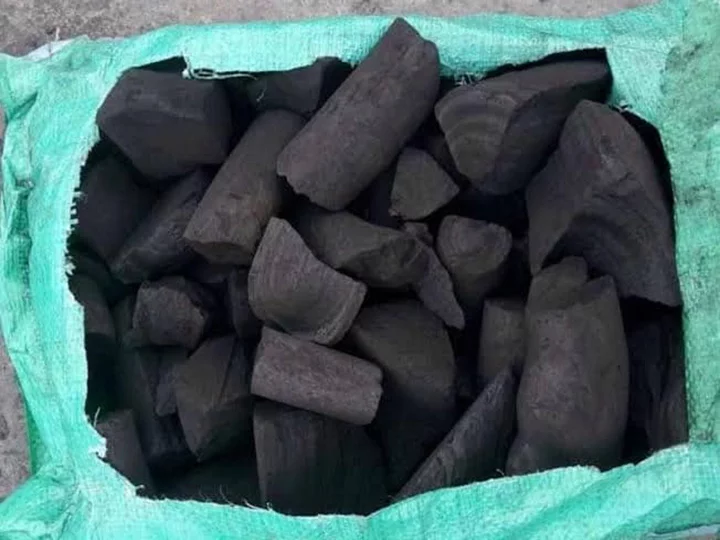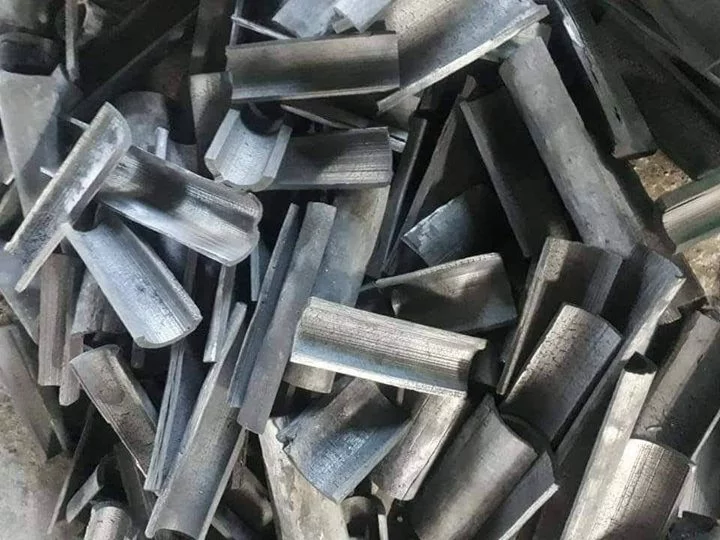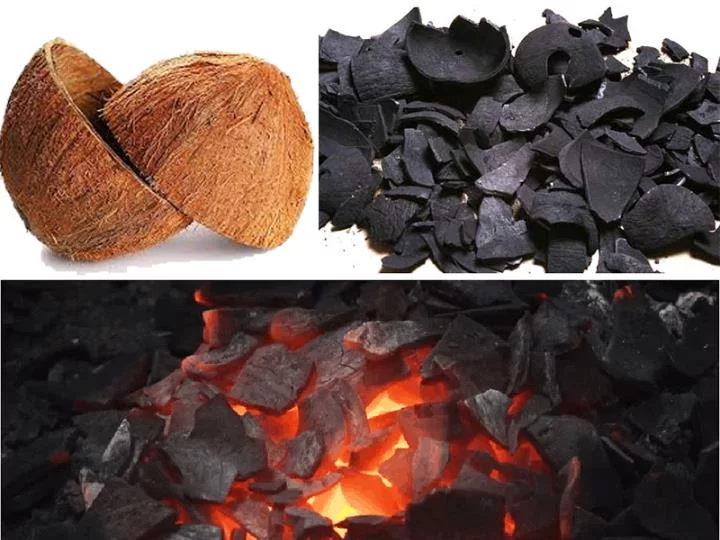What Materials Can Be Used to Make Charcoal?
Charcoal, with its diverse applications ranging from cooking and grilling to industrial processes, is a widely used carbon-rich material. The process of making charcoal involves the conversion of organic materials into carbon under controlled conditions. In this article, we will explore the various materials that can be used to make charcoal, shedding light on the versatility and importance of this age-old substance.

Wood Logs and Branches
Wood logs and branches are perhaps the most common materials used for making charcoal. Hardwood varieties like oak, maple, hickory, and mesquite are preferred due to their dense and durable nature. The logs are typically cut into manageable pieces and subjected to a carbonization process, which involves heating the wood in the absence of oxygen.
The carbonization furnace breaks down the wood into its carbon-rich form, resulting in high-quality charcoal. Wood charcoal is widely used for grilling, barbecuing, and as a heat source.

Fruit Tree Prunings
Prunings from fruit trees such as apples, cherries, and peaches can also be utilized for charcoal production. These prunings are often readily available as agricultural waste, making them a sustainable choice.
Coconut Shells
Coconut shells are a valuable source of charcoal material, especially in tropical regions where coconut trees are abundant. The shells are rich in carbon and can be processed into high-quality charcoal.
Nut Shells
Shells from various nuts, including walnuts, almonds, and pecan, can be used to make charcoal. These shells contain carbon and are often utilized as a raw material in charcoal production.
Bamboo
Bamboo is another plant material that can be converted into charcoal. It is widely used in some Asian countries for this purpose. Bamboo charcoal is known for its porous structure and is used in various applications, including air purification.

Agricultural Waste
Agricultural waste materials such as rice husks, corn cobs, and sugarcane bagasse can be employed to make charcoal. These materials are often available in large quantities, making them an eco-friendly choice.
Paper and Cardboard
Paper and cardboard waste can be converted into charcoal through a controlled carbonization process. While not as common as wood-based charcoal, it provides an alternative recycling option for paper products.
Sawdust and Wood Chips
Sawdust and wood chips, byproducts of woodworking and furniture production, are used to create charcoal pellets or briquettes. These materials are compacted and processed to form charcoal with consistent burning properties.
Therefore, a wide range of materials can be used to make charcoal, each with its unique properties and applications. From traditional wood logs to agricultural waste and even fruit tree prunings, the versatility of charcoal production allows for sustainable and efficient use of various organic resources.
The choice of material often depends on factors such as availability, intended use, and regional preferences. As the demand for sustainable and eco-friendly practices grows, exploring different materials for charcoal production becomes increasingly important. Charcoal continues to play a significant role in various industries and everyday life, making it a valuable resource with a long history of utility.

